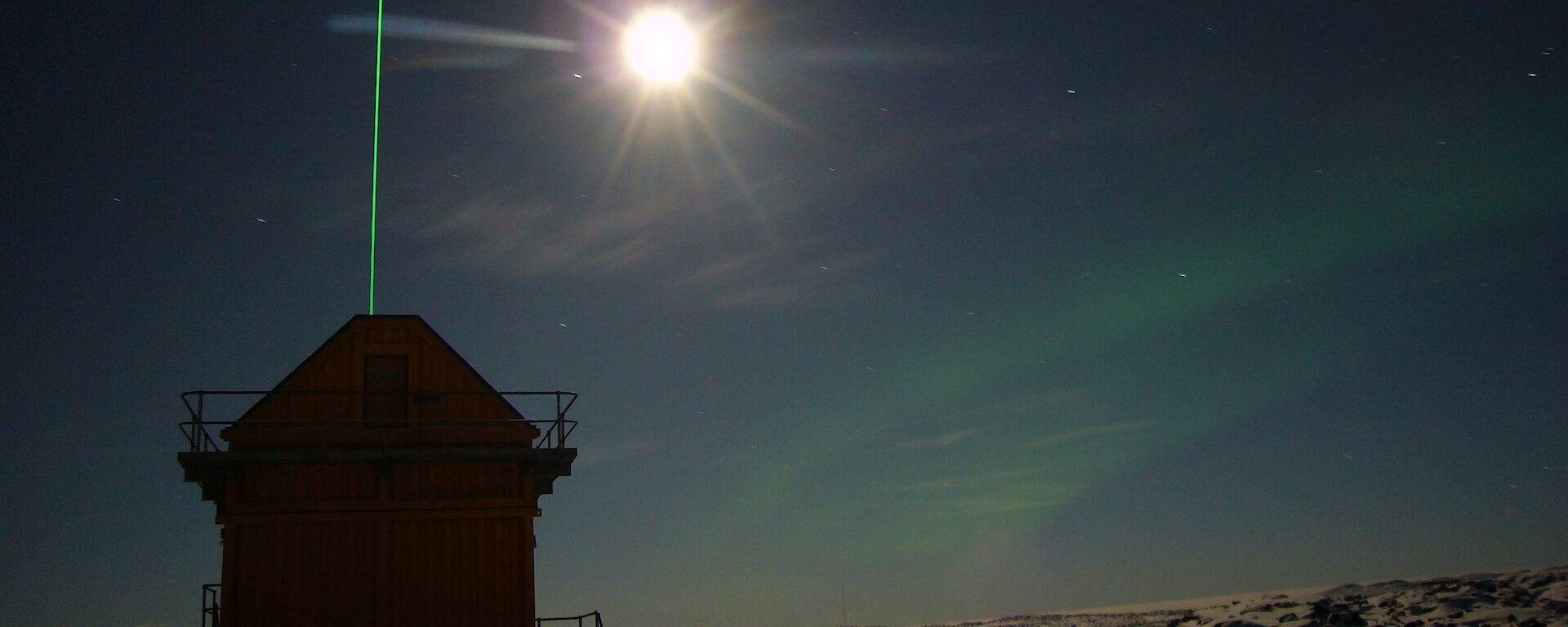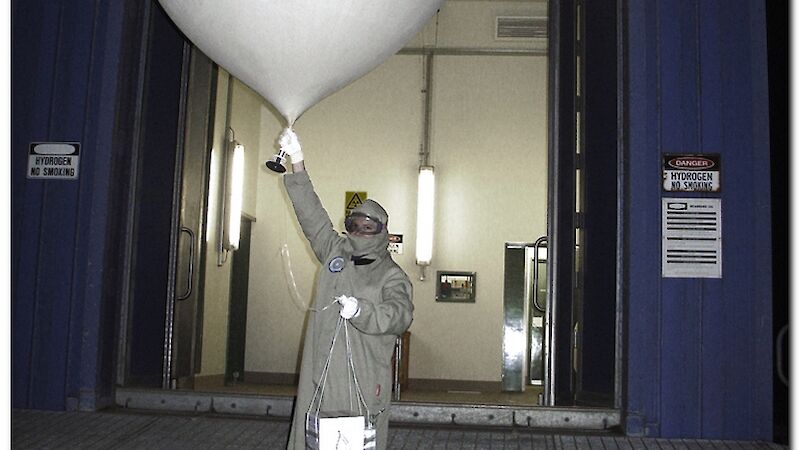Since 1995, September 16 has been internationally celebrated as World Ozone Day. On this day in 1987, the landmark international treaty to protect Earth’s ozone layer known as the Montreal Protocol was signed. The Montreal Protocol is a global agreement to limit the production and release of certain man-made substances which cause harmful effects to the protective blanket of ozone in the stratosphere (10–50km above the Earth’s surface).
After 20 years of international action, there are clear signs that the Montreal Protocol is having the required effect
- atmospheric levels of key ozone depleting substance have declined
- there are initial indications of ozone recovery in certain parts of the atmosphere
The most profound display of detrimental human influences on ozone was the recognition in the 1980’s of the ‘ozone hole’ over Antarctica. During the past three decades, the action of man-made chemicals and the special meteorological conditions found in the winter polar stratosphere, particularly over Antarctica, have resulted in dramatic episodes of enhanced ozone destruction during spring. The scientific study of this phenomenon provided the basis for the swift cooperative action that lead to the Montreal Protocol.
Twenty years on, the international scientific community is still intensively examining human influences on ozone to ensure that we can accurately assess the state of the atmosphere and the effectiveness of our actions.
A particular focus of scientific studies on ozone in 2007 is the International Polar Year (IPY) project ORACLE-O3. This project involves researchers from 25 nations, including Australia. They will undertake extensive measurement and modelling studies of ozone in the Antarctic and Arctic.
The Antarctic measurements include a network of 9 stations that are measuring the vertical distribution of ozone with balloons. Australia’s Davis station is contributing ozone and other atmospheric measurements to the ORACLE-O3 project. The programme is operated by the Australian Antarctic Division and the Australian Bureau of Meteorology.



